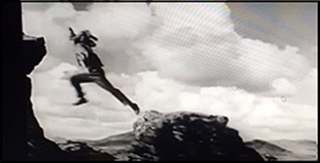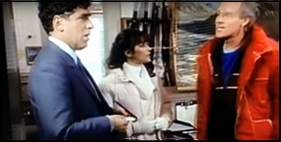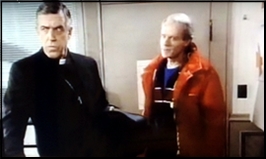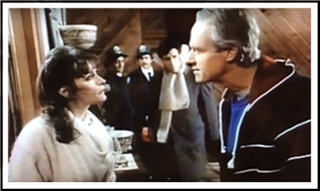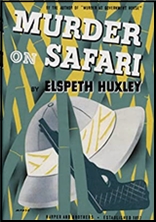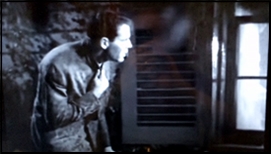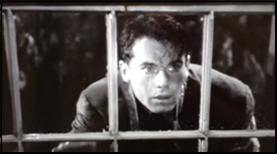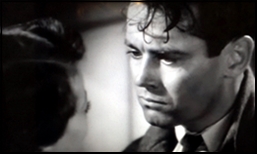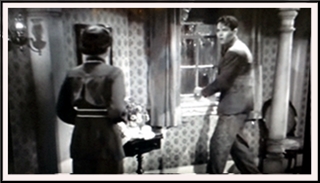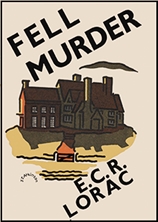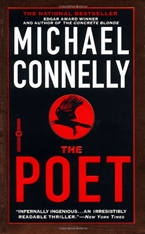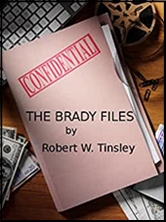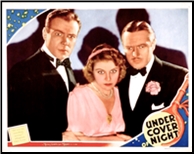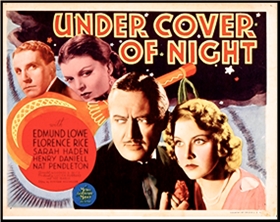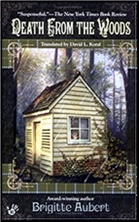Wed 17 Feb 2021
A British Mystery Movie Review: THE CLOUDED YELLOW (1950).
Posted by Steve under Mystery movies , Reviews[10] Comments
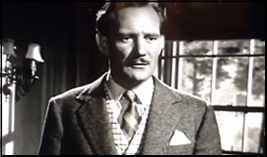
THE CLOUDED YELLOW. Carillon Films, UK, 1950. Jean Simmons, Trevor Howard, Sonia Dresdel, Barry Jones, Kenneth More. Director: Ralph Thomas. Currently available on YouTube here.
Booted out of the British Secret Service after a long career but one failed mission, the only work ex-Major David Somers (Trevor Howard) can find is that of cataloguing the butterfly collection of the husband half of a couple living out in the country. (The title of the film refers to a particular specimen of butterfly.) It’s a relaxing job, but not quite what Somers was looking for.
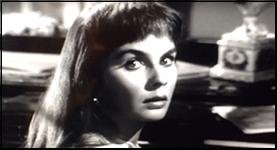
One mitigating factor, though, is the couple’s niece, Sophie Malraux (played to perfection by the always exquisitely beautiful Jean Simmons), who has been living with them since she was six. As the couple confide to Somers, the reason she often acts in such a “muddled†fashion, she that she was the first on the scene when she found the dead bodies of her parents, a murder-suicide, he is told.
Then when the couple’s gamekeeper is found murdered, all the evidence points to Sophie. Not believing it for a minute, the obviously smitten ex-major and Sophie go on the run, all around England and constantly only a step or two ahead of the authorities. It is here, of course, where many reviewers bring up Alfred Hitchcock as an obvious point of comparison, and The 39 Steps in particular.
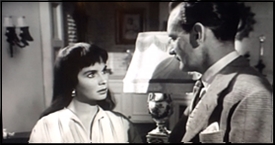
Not so fast, I said to myself, however. The Clouded Yellow is good but certainly not that good. It’s fun to watch, but the first third moves awfully slowly, and the girl-and-guy-on-the-run story that follows has plot holes galore – not serious ones, but if you’re fond of picking nits in the movies you watch, you will find lots of nits to pick in this one.
Please don’t take this comment too much to heart. Both the acting and the photography are fine, and any movie with Jean Simmons in it is well worth your time. My time, anyway, any time.
